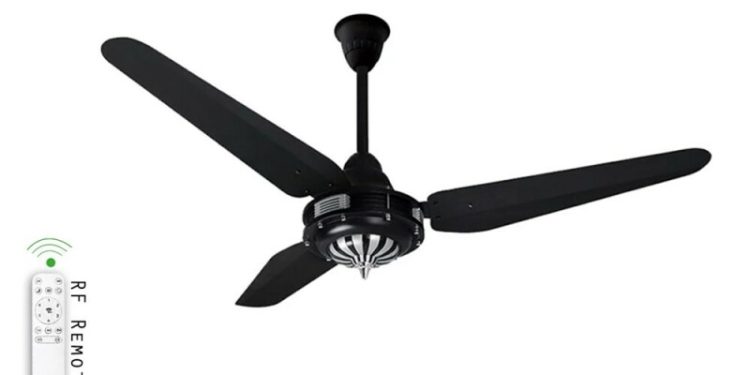As electricity prices continue to skyrocket, middle-class consumers in Pakistan are turning to inverter fans as a cost-effective alternative to reduce their energy bills.
Unlike solar panels, which require a hefty upfront investment and ongoing maintenance, inverter fans offer an affordable one-time solution that significantly lowers electricity consumption.
Introduced in Pakistan in 2013, inverter fans have rapidly gained popularity, with demand surging by 20-30% in recent years, according to Shahzaib Ilyas, Marketing Manager at Khurshid Fans told media. He noted that conventional fans now make up only 2-3% of the market as consumers seek energy-efficient options to cope with rising power costs.
Electricity prices have gone up manyfold, and people are desperate to cut down on their electricity bills. A representative from Khurshid Fans estimated that using inverter fans can save consumers between Rs. 8,000 to Rs. 9,000 per month, providing substantial financial relief to households struggling with high utility expenses.
Consumers surveyed have also confirmed that they have observed their electricity bills dropping by over 25% after replacing conventional fans with inverter or AC/DC fans.
The financial benefits of inverter fans are reflected in consumers’ experiences. Syed Hunain Abbas Jafri, who recently switched to inverter fans, reported that his monthly electricity bill has dropped by Rs. 3,000 to Rs. 5,000. Another consumer, Muhammad Danish, noted that his electricity costs, which previously ranged from Rs. 25,000 to Rs. 28,000, have fallen by Rs. 17,000 to Rs. 18,000 since making the switch.
Pakistan’s inverter fan industry is also expanding beyond domestic demand, with 80% of production now happening locally except circuits that are being imported. These fans are also being exported to countries such as Yemen, Sudan, Egypt, and Ethiopia.
As Pakistan continues to grapple with high electricity costs, inverter fans have emerged as an accessible and practical solution to an extent for middle-class households. Their affordability, combined with substantial energy savings, makes them an increasingly essential household item in the fight against soaring utility bills.









